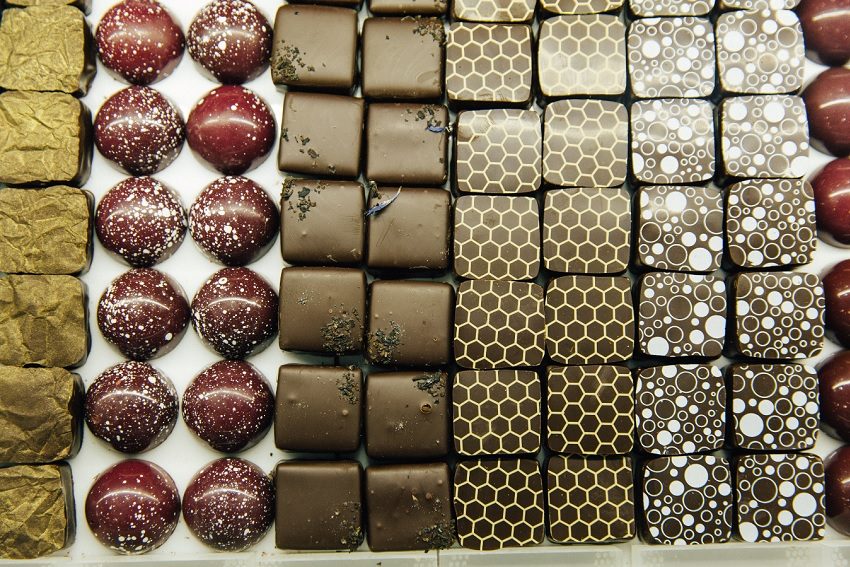The Secret Life of Chocolate

Fermentation is responsible for many gastronomic delights: cheese, wine and beer among them. Steven ter Horst will showcase another food at the inaugural Ferment the Festival that is created due to this chemical process, chocolate.
Ter Horst has recently become more interested in this process. He has no involvement with chocolate fermentation, however, as that it carried out on cocoa plantations well before he gets his hands on the chocolate to create the delicious wares he sells at his eponymous shop.
“It’s not something you can get your hands involved in, but we found a couple of people we can talk to that actually have relationships with the farmers and they can control the fermentation,” ter Horst says. “While we think that a lot of the flavour from chocolate comes from the roasting process, most of the delicate flavours are created during the fermentation process. Like wine, if you don’t ferment a wine properly then you’re going to end up with a poor product at the end.”

The fermentation of cocoa beans is a little different to other foods created by this process. It doesn’t require a starter like sourdough bread. After the beans are harvested they are placed in sweatboxes where the temperature increases as the fermentation progresses.
“There are a couple of schools of thought about whether you should ferment the beans washed or unwashed,” ter Horst says. “Washed means getting rid of the pulp, but a lot of people leave the pulp on to assist the heating up process which causes the fermentation. I tend to think you end up with a better final flavour unwashed, with the pulp still on it. It speeds up the fermentation process as well.”

Ter Horst’s partner Chantelle Giardina runs the bean to bar brand Maius, and even though she roasts Maius’ beans she doesn’t ferment.
“That’s all handled overseas. But she’s developed a very good network of people she can communicate with to find out what’s actually occurring with the fermentation. There’s a woman over in Belize that Chantelle’s in contact with and she’s part of a cocoa co-op over there. We can talk to her about how the beans are produced and what the fermentation is like. She’s very much about fair trade and ethical. So the beans we get are about as ethical as they can be and the dollar that goes back to the farmer is very important.”
For the chocolate he creates for his shop, ter Horst sources blended chocolate from a company in Belgium.
“It’s from a sizable chocolate company. I help with the Maius side of things, which we do in small quantities, but the large company I deal with is as fair trade and ethical as possible. For them, the final flavour of fermentation will affect their chocolate a bit but not a huge amount because the actual chocolate is blended to give one constant flavour profile.”

One day, ter Horst would like to deal directly with the farmer.
“In the future I’d love to be able to make my own chocolate and do the bean to bar thing and control every step of the way. For me, the issues are getting the beans at a decent price. I need to buy a metric tonne and a) I don’t have anywhere to store it and b) I don’t have the facilities to turn a tonne of cocoa into chocolate. That’s why we work with 50 kilogram batches of beans when we get them in.”
Ter Horst will collaborate with NOLA for a whiskey and chocolate tasting part of Ferment Festival.
“Nola’s got a small whiskey company based out of Western Australia called Limeburners, and we’re getting together with them, pairing my chocolates with their whiskeys to get a balance of flavour profiles occurring.”
Ferment the Festival
Rundle Park
Thursday, October 19 to Sunday, October 22
fermentthefestival.com.au
steventerhorst.com.au
Photography: Jonathan van der Knaap